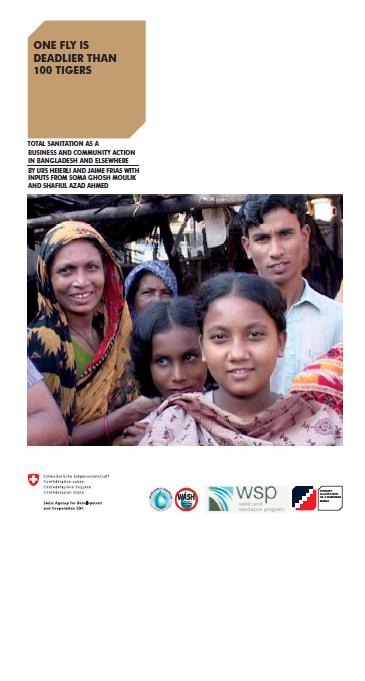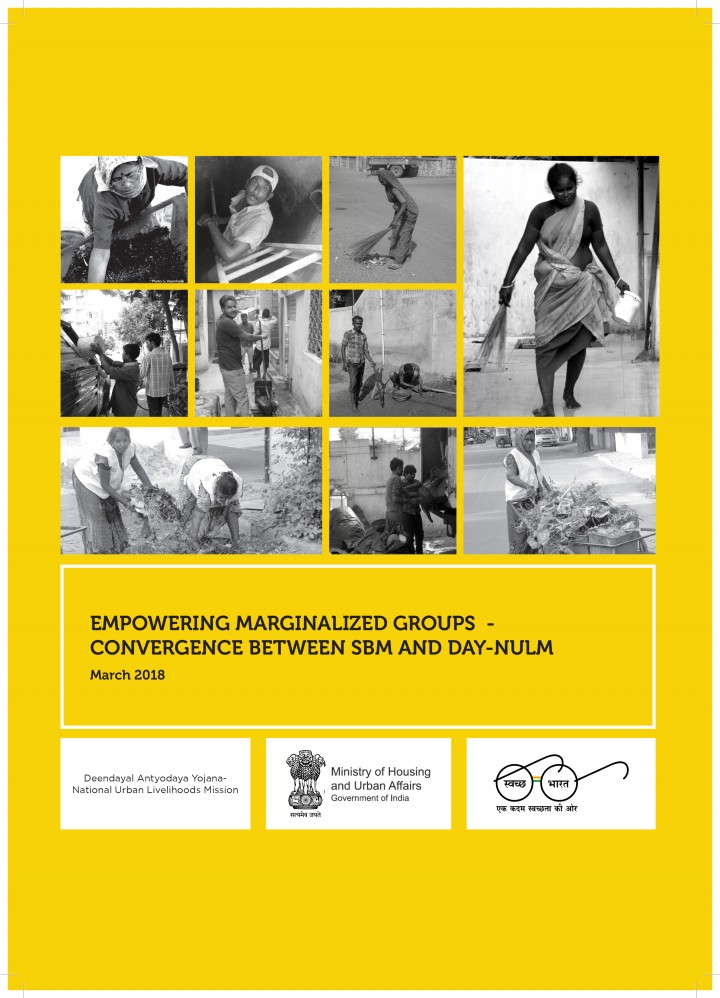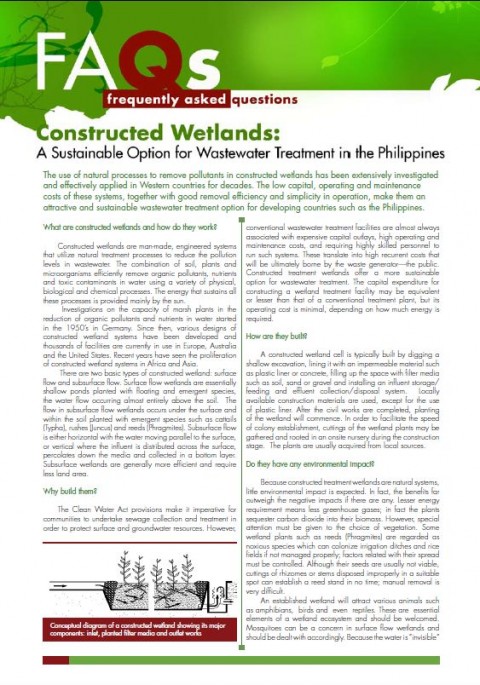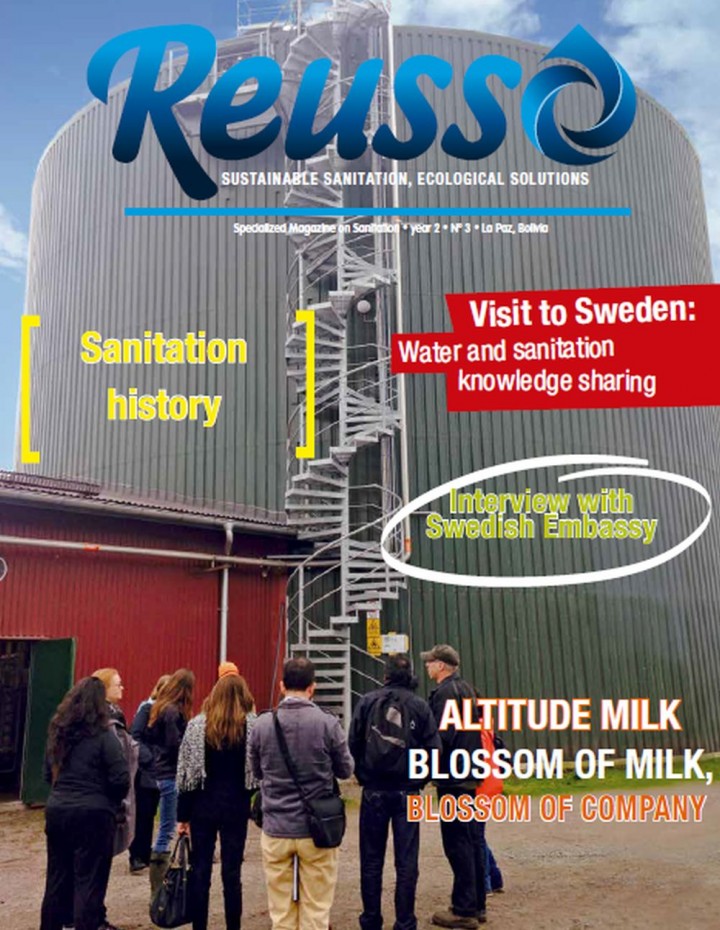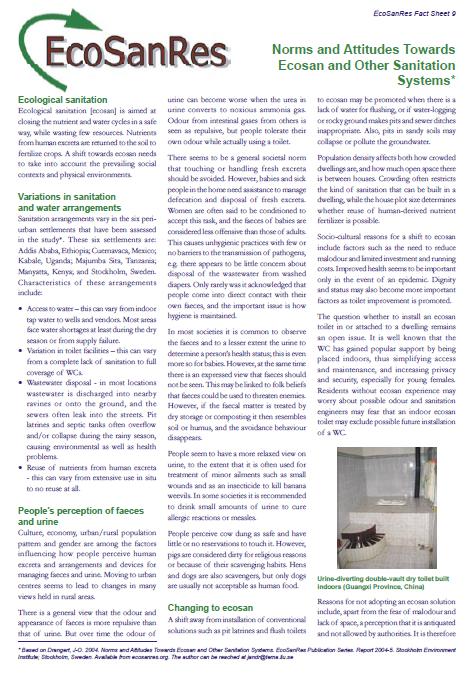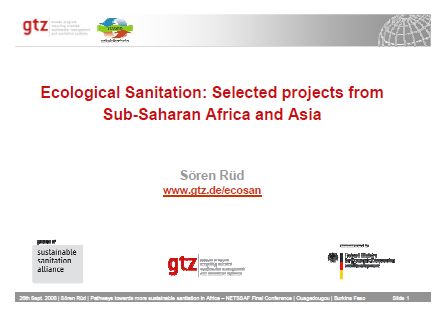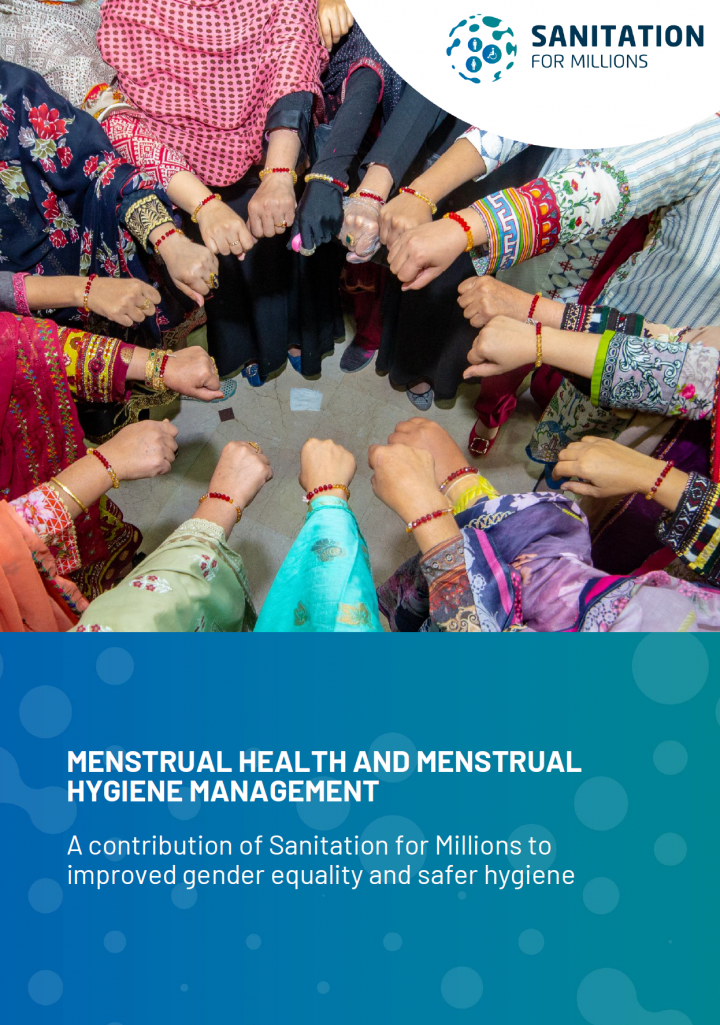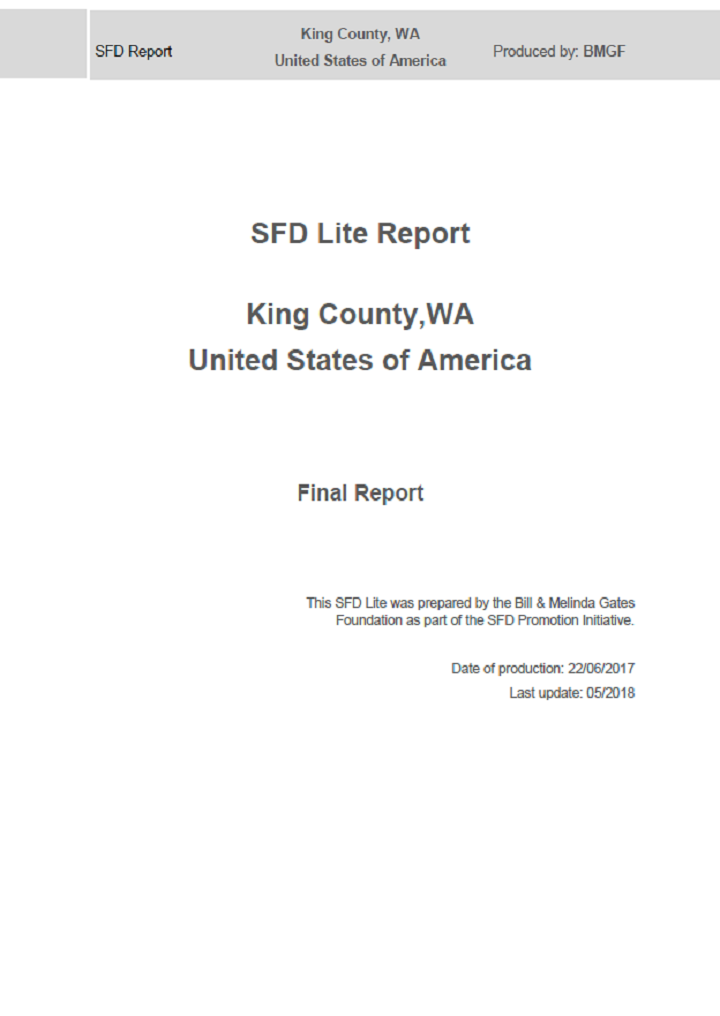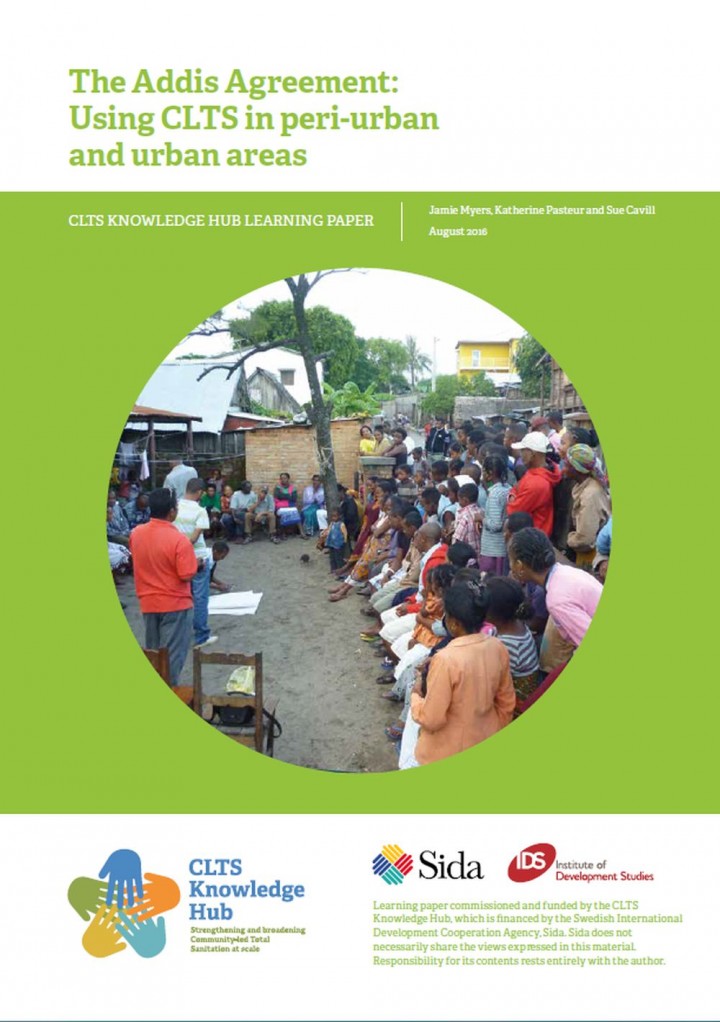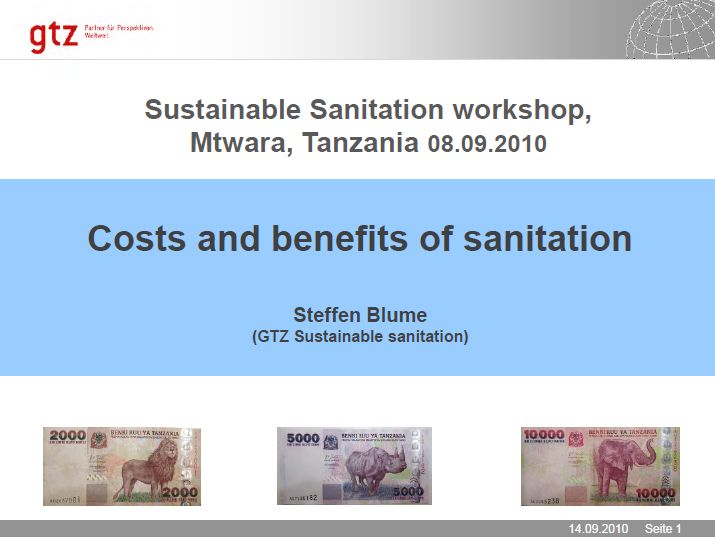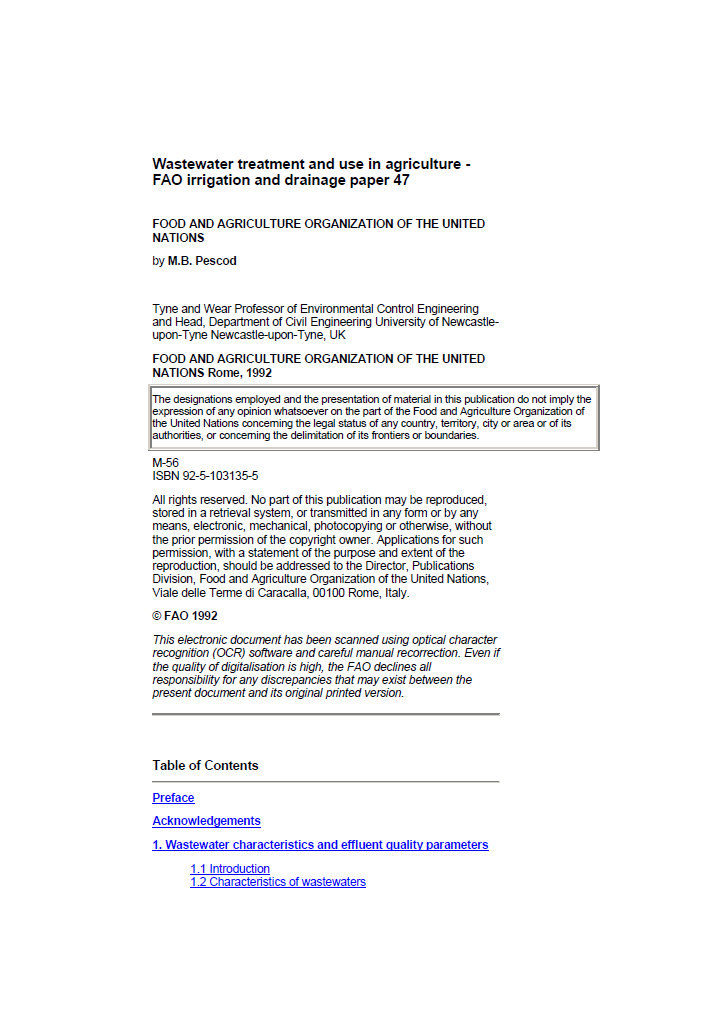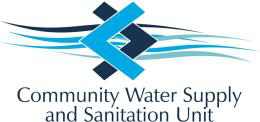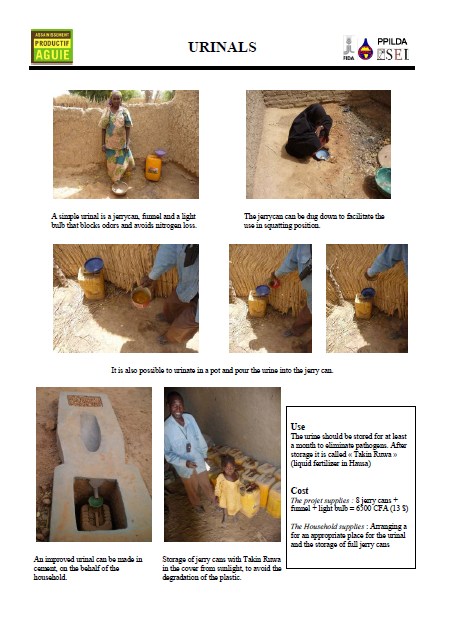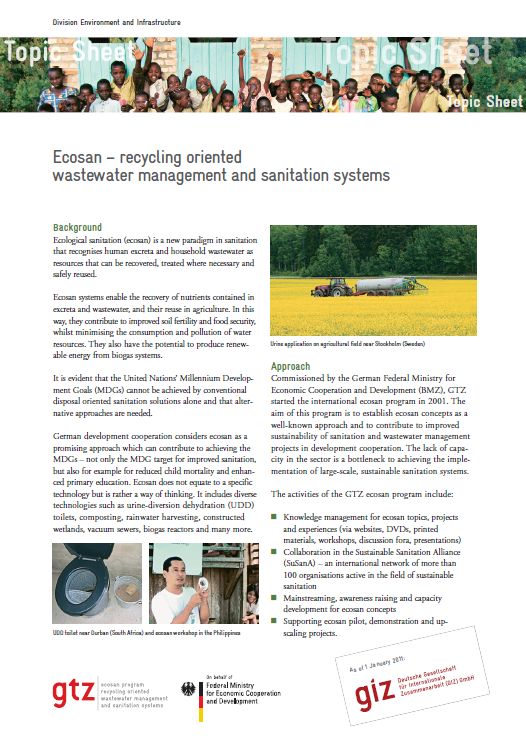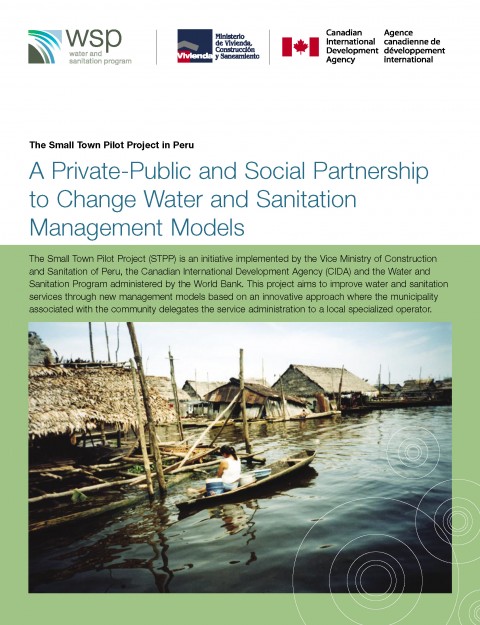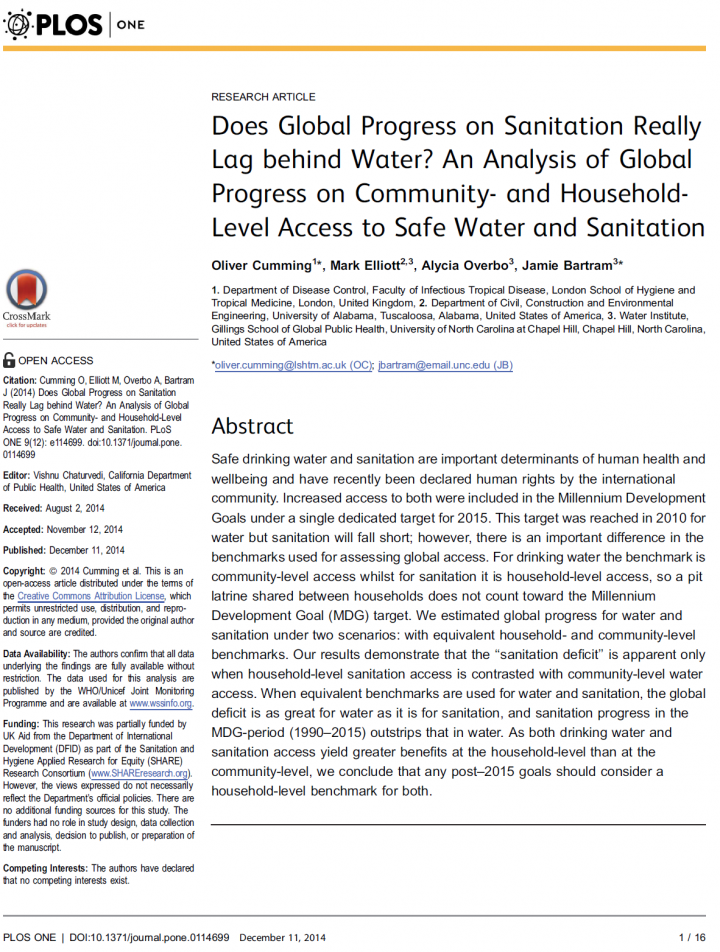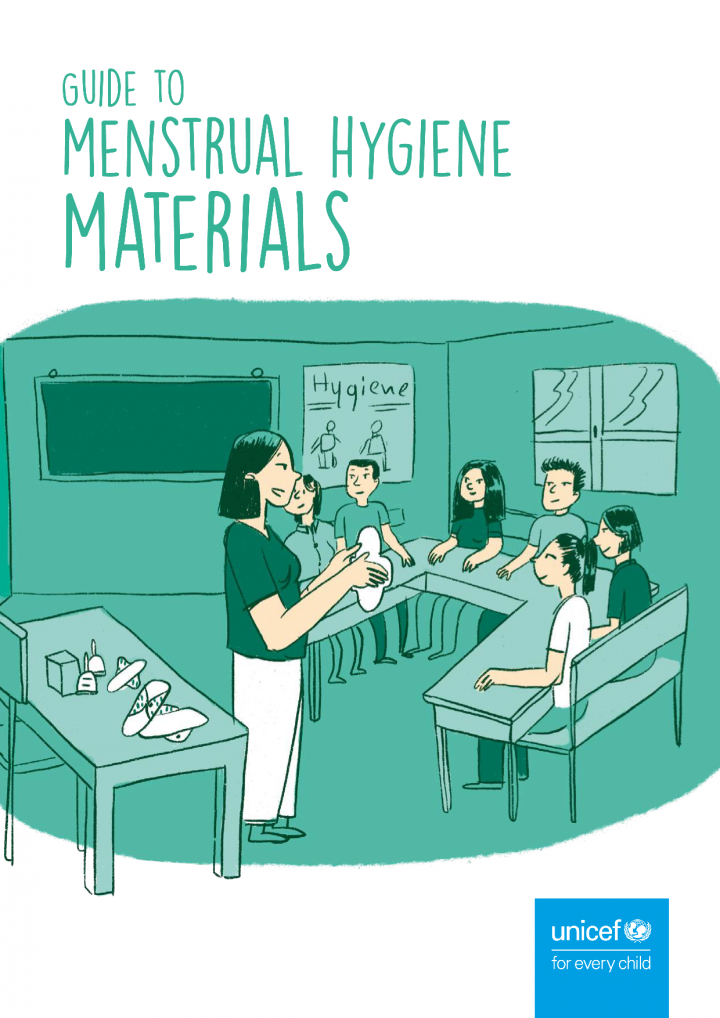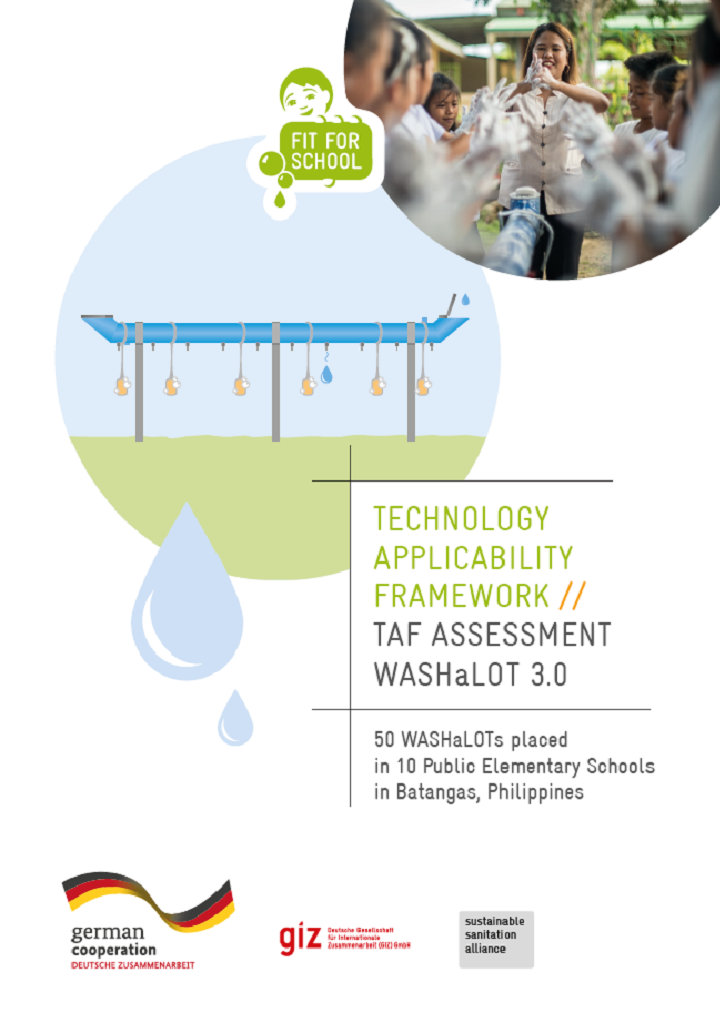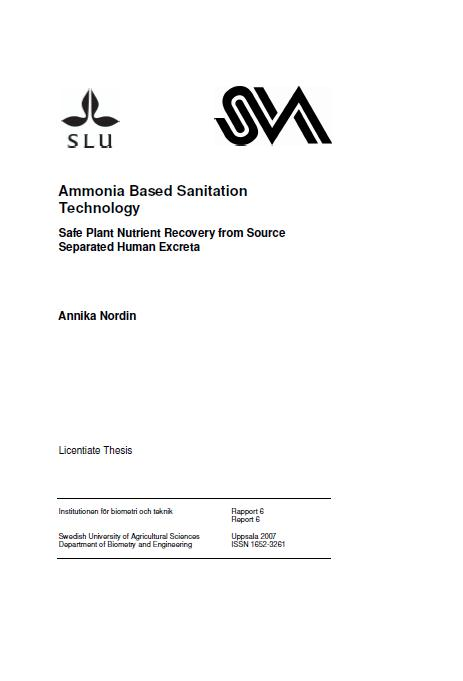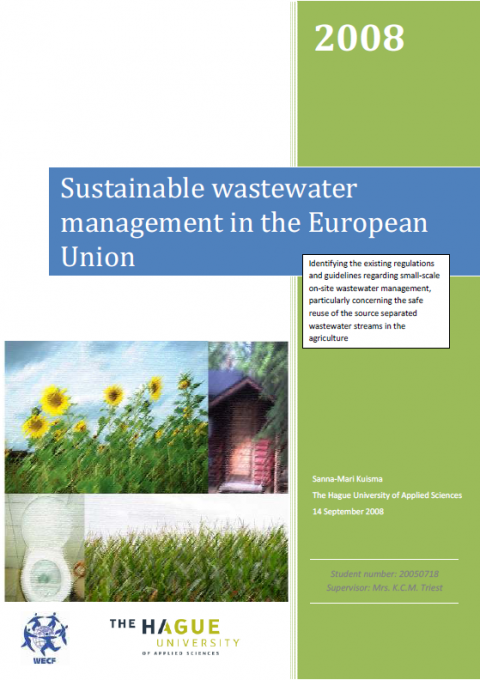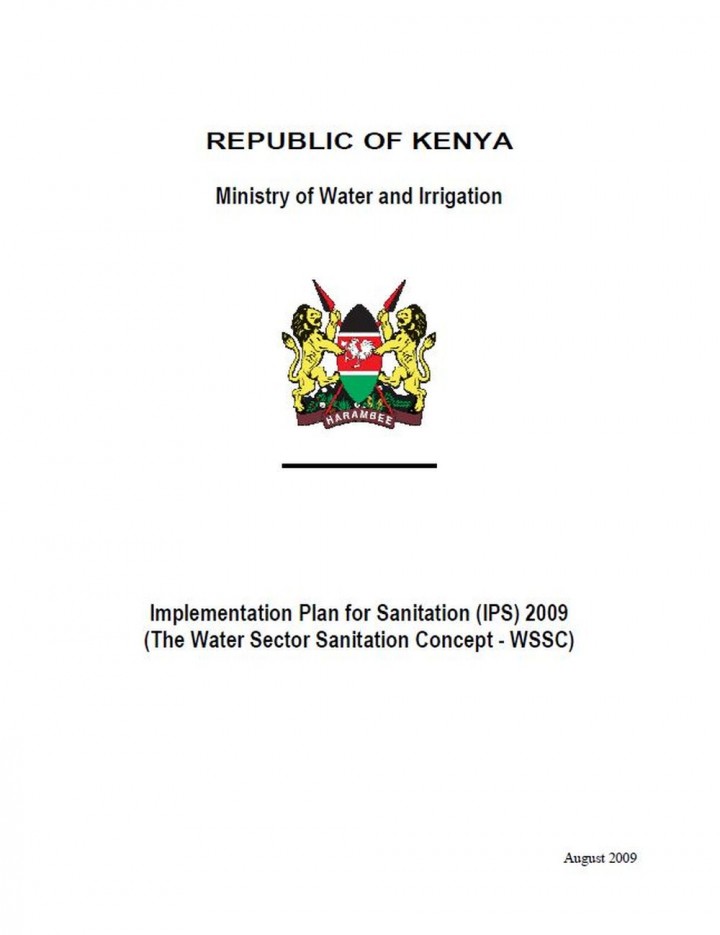Searching for information on Sanitation Workers?
The Sanitation Workers Knowledge + Learning Hub is the best source for all current news, trends, articles and updates on sanitation workers rights around the world.
The COVID-19 pandemic has affected women more than men in several ways, according to studies. They have had to take care of patients while coping with lock-downs that have restricted access to daily necessities and basic services, including water, sanitation and hygiene. At the same time, however, women have shown great strength and leader-ship in managing the uncertainties and challenges …
Empowering Marginalized Groups- Convergence Between SBM and DAY-NULM is a guideline on convergence between Swachh Bharat Mission (SBM) and Deendayal Antyodaya Yojana -National Urban Livelihood Mission (DAY-NULM). The guidelines are a ready reckoner for the government functionaries at the national, state and Urban Local Body (ULB) level to bring recognition to sanitation as a major livelihood …
Safe access to water and sanitation is an issue of global concern and a challenge posed through national policy as a human right to achieve the benefit of these basic services for all Bolivians.
Thanks to that approach, progress has been made significant achievements in increasing households today have improved their quality of life with water supply and sanitation services in their …
Every day, millions of women and girls have to manage their menstruation, an entirely natural physiological process, yet one that often remains considered too ‘private’ to discuss, let alone manage confidently. Menstrual stigma remains entrenched in societies the world over, but the lack of adequate hygiene facilities and safe menstrual products is particularly acute in many developing …
King County is located in the state of Washington in the Pacific Northwest region of the USA. It has a population of 2.1 million people and is the most populous county in the state. Most of King County is sewered with separate, partial and combined sewage systems; there are also 85,000 septic tanks in the county, in Seattle and on Vashon Island.
Note: All calculations in this SFD report were …
The CLTS Knowledge Hub at the Institute of Development Studies, with the help of Plan International Ethiopia, convened a three day workshop in Addis Ababa. The workshop titled ‘Using a CLTS approach in peri-urban and urban environments’ brought together people who had been involved in urban CLTS programmes to share their varied experiences and discuss what added value a CLTS approach can …
This Irrigation and Drainage Paper is intended to provide guidance to national planners and decision-makers, agricultural and municipal managers, field engineers and scientists, health and agricultural field workers, wastewater treatment plant operators and farmers. Consequently, it covers a broad range of relevant material, some in considerable depth but some more superficially. It is meant to …
"The ABC of water, sanitation and hygiene (WASH) improvement in schools” in India by the the Urban Management Centre is a handbook developed under the Ahmedabad Sanitation Action Lab (ASAL), a three year action research program.
The program was specially designed to implement innovative solutions to school WASH problems in identified slum settlements of Ahmedabad. ASAL was led by the Urban …
This publication is intended to deepen the understanding of the biological nature of the menstruation phenomenon in order to reclaim and restore the pride and confidence that should naturally be a part of it. Managing menstruation hygienically with linked sanitary facilities is an important aspect of life – the practical dimensions of which this publication also aims to facilitate – resulting …
This compendium is an initial collection of case studies on sanitation initiatives, and highlights how companies are engaging in the sector and supporting the Swachh Bharat Mission (SBM) launched by Prime Minister Modi. These interventions show how CSR spends are increasingly being used in sanitation. It is very encouraging to see how these companies have developed thoughtful projects to support …
This guide describes commonly available MHM materials, its advantages and disadvantages to enable practitioners to choose what materials might be adequate for their target population and their context.
For each menstrual material, the environmental, health, and financial aspects are highlighted in individual tables – along with considerations of availability, user experience, and standards …
To assess the future applicability and appropriateness of the WASHaLOT 3.0, a group washing facility designed to facilitate hygiene activities for many people simultaneously whilst using minimal amounts of water at low cost, the Technology Applicability Framework (TAF) has been applied.
The TAF helps to understand if any technology implemented as a pilot fulfils the criteria for further …
The development of this sanitation concept paper and implementation plan was triggered by the large supporting votes from stakeholders and participants during the annual water sector conference of 2007. This indicates the growing importance of sanitation in the water sector. The overall objective of the IPS (WSSC) is to accelerate coverage of sani-tation, using appropriate technologies that …


